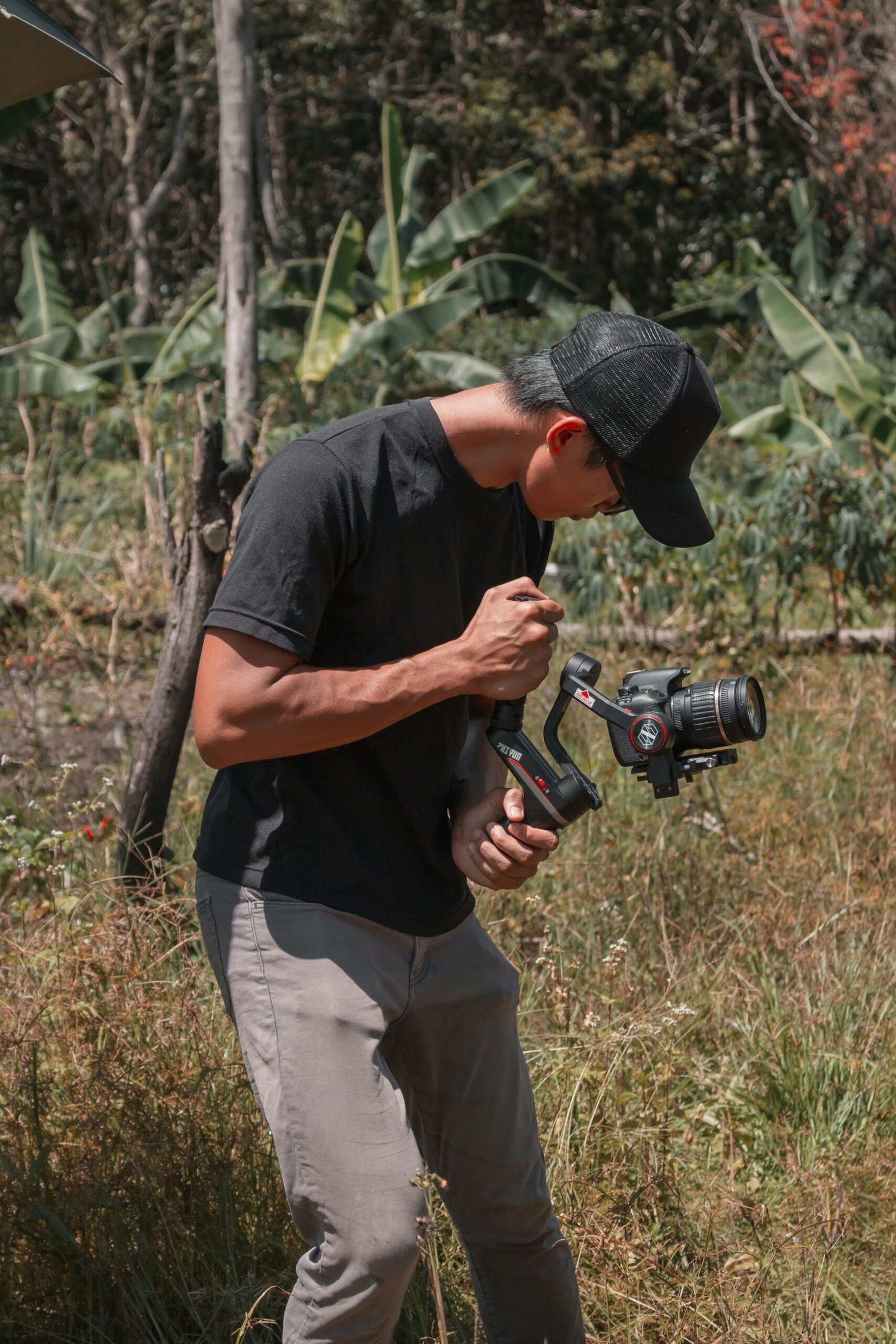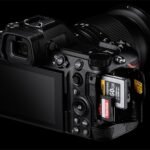Master 20 Sports Photography Tips
As a beginner in the exciting world of sports photography, capturing that perfect shot can be challenging. Whether you’re trying to capture the intensity of a basketball game or the grace of a figure skater, there are certain techniques and tips that can help take your photos to the next level. In this blog post, we’ll delve into 20 essential sports photography tips that every beginner should master. From understanding shutter speed to finding the perfect angle, these tips will help you capture stunning moments that truly showcase the beauty and excitement of sports. So grab your camera and get ready to elevate your sports photography skills!
Introduction: Why Sports Photography is a Thrilling Niche for Beginners
Sports photography is an exciting and challenging niche that offers endless opportunities for beginners to hone their skills. Whether you’re shooting a local high school game or a professional sports event, capturing the action and emotion of the athletes can be a thrilling experience. However, it’s important to have the right gear and knowledge to produce stunning sports photos.
In this guide, we’ll provide 20 sports photography tips for beginners to help you get started in this exciting field. From understanding your camera settings to choosing the right lens and mastering composition techniques, we’ll cover everything you need to know to capture amazing sports photos. So grab your camera and let’s get started!
Essential Gear for Sports Photography: What You Need to Get Started
There are many essential gear items you may need while shooting sports photography. Some common items include a camera, tripod, lens and film. For beginners, the best way to start is by getting some great basic equipment that will help you capture action shots effortlessly. Reviewing the different types of cameras and lenses can be helpful in choosing what would work best for your scene.
Additionally, it is important to understand how your camera settings affect images when taking photos of sports events or athletes in action. With such a limited amount of time to capture amazing sports photographs, understanding these basics will go a long way in satisfying your creative desires and ensuring an impressive final product.
 ©Abel Garza | Grey Bug Photography
©Abel Garza | Grey Bug Photography
Understanding Your Camera Settings: How to Capture Action Shots
Capturing action shots in sports photography requires a good understanding of your camera settings. To freeze the motion, it’s important to use a fast shutter speed, typically around 1/1000th of a second or faster. This will ensure that the subject is sharp and not blurred from movement.
Using burst mode can also be helpful as it allows for multiple shots to be taken in quick succession, increasing the chances of capturing the perfect moment. Another tip is to set your focus mode to continuous autofocus (AF-C) so that the camera can track moving subjects and adjust the focus accordingly.
It’s also important to pay attention to your ISO setting, which controls how sensitive your camera is to light. Typically for outdoor sports photography, you’ll want a low ISO setting such as 100-400 for optimal image quality. However, if shooting in low light conditions such as indoor events or night games, be prepared to increase your ISO and balance it with aperture and shutter speed settings.
By mastering these camera settings and techniques, you’ll be able to capture stunning action shots in sports photography!
Choosing the Right Lens for Sports Photography: A Guide for Beginners
Choosing the right lens for sports photography is crucial for capturing stunning action shots. A telephoto lens with a focal length of at least 200mm is ideal for sports photography as it allows you to zoom in on the action and capture details from a distance. A lens with a wide aperture, such as f/2.8 or wider, is also important for letting in more light and creating a shallow depth of field, which can help isolate your subject from the background.
Consider investing in a lens with image stabilization to help reduce camera shake and capture sharper images. Keep in mind that different sports may require different lenses – for example, shooting indoor sports may require a faster lens with a wider aperture to compensate for low light conditions. Experiment with different lenses to find what works best for your specific needs and style of photography.
 ©Abel Garza | Grey Bug Photography[/caption]
©Abel Garza | Grey Bug Photography[/caption]
Mastering Composition Techniques: How to Create Stunning Sports Photos
Mastering composition techniques is crucial in sports photography to create visually stunning images. One of the essential rules in the composition is the “Rule of Thirds.” This rule involves dividing your image into thirds horizontally and vertically, placing points of interest on those lines or at their intersections. It helps you create dynamic and balanced photos.
Another key technique is filling the frame, which means getting closer to your subject and capturing all the details while excluding any distractions around them. You can also use leading lines like a player’s arm or leg to guide viewers’ eyes toward your subject.
In fast-paced sports, it’s important to anticipate the action and capture athletes’ mid-motion for more dramatic shots. A well-timed shot with an athlete caught in mid-air adds an extra wow factor to your images.
Lastly, consider using different angles such as shooting from low angles near ground level or overhead shots from high above for added creativity. Experiment with these techniques depending on the sport you’re photographing for perfect results!
Tips for Shooting Outdoor Sports: Dealing with Lighting and Weather Conditions
Understanding the Impact of Lighting on Outdoor Sports Photography
Lighting plays a crucial role in outdoor sports photography as it can make or break your shot. The time of day and weather conditions are important factors to consider when shooting outdoors. Early morning and late afternoon provide softer light, while the midday sun results in harsh shadows that can be difficult to manage.
In terms of weather, cloudy days may seem ideal for even lighting, but they can also result in dull colors and lackluster images. On the other hand, sunny days allow for vibrant colors but require careful attention to exposure settings to avoid overexposed highlights. Understanding how different lighting situations affect your shots is key to capturing stunning sports photos outdoors.
Essential Equipment to Overcome Challenging Weather Conditions in Sports Photography
When shooting outdoor sports, weather conditions can pose a challenge for photographers. To overcome this obstacle and capture great shots, it’s important to have the right equipment. Waterproof gear is essential if you’re shooting in rain or near water. A rain cover for your camera will protect it from getting wet and potentially damaged.
Investing in a good quality UV filter will also help reduce glare from the sun on bright days, providing clearer images with better contrast. Lastly, consider using a tripod or monopod to keep your camera steady when shooting in windy conditions or at slower shutter speeds due to low light levels caused by cloudy skies – this will help you avoid blurry photos that lack detail and sharpness.
Creative Approaches to Capturing Dynamic Sports Shots in Changing Light and Weather
To capture dynamic sports shots in changing light and weather conditions, adjust your camera settings accordingly. For example, use a faster shutter speed to freeze action in bright sunlight or a slower shutter speed to capture motion blur in overcast conditions. Look for creative angles to shoot from, such as shooting low to the ground or from a high vantage point. Use the weather conditions to your advantage by capturing dramatic shots of athletes in the rain or snow. Lastly, be prepared with the right gear, such as a rain cover for your camera and lens, and consider bringing a tripod or monopod for stability in windy conditions.

Tips for Shooting Indoor Sports: Overcoming Low Light and Other Challenges
Indoor sports present a unique set of challenges for photographers. One of the biggest obstacles is low light conditions, which can make it difficult to capture sharp and well-exposed images. To overcome this, you may need to use a higher ISO setting or a wider aperture to let in more light. Another challenge is dealing with fast-moving action in confined spaces.
To freeze the action, you’ll need to use a fast shutter speed and possibly increase your ISO to compensate for the low light. Additionally, you may need to be creative with your angles and positions to capture the best shots. Don’t be afraid to experiment with different settings and techniques until you find what works best for each situation. With practice and patience, you can capture stunning images of indoor sports that showcase the excitement and energy of the game.

Capturing Emotion and Drama in Sports Photography: Tips and Tricks
Timing is Everything: Capturing the Perfect Moment in Sports Photography
Timing is everything when it comes to capturing the perfect moment in sports photography. Anticipating and being prepared for key moments can make all the difference in producing a stunning image that captures raw emotion and drama. Keeping your finger on the shutter button, focusing on your subject’s eyes, and following their movement are all important techniques to master. Additionally, try experimenting with different angles and perspectives to add depth and dimensionality to your shots. Don’t be afraid to take risks or push yourself creatively sometimes it’s those unexpected shots that end up being the most powerful images of all.
Telling a Story: Using Composition to Convey Emotion in Sports Photography
To capture emotion and drama in sports photography, it’s crucial to tell a story through your composition. Pay attention to the action unfolding before you and think about how you can showcase the key moments that convey the mood of the game or athlete. Utilize techniques such as leading lines, framing, and selective focus to draw attention to these critical moments. The composition can be used to show both triumphs and defeats, so don’t be afraid to experiment with angles and perspectives that highlight emotions like joy or disappointment. Ultimately, capturing emotion is what makes sports photography truly powerful and memorable for viewers.
Lighting and Contrast: Enhancing Drama in Sports Photography
To enhance the drama in your sports photographs, paying attention to lighting and contrast is key. Look for dramatic lighting situations such as strong sidelight or backlighting that will create dynamic shadows and highlights. Using a higher ISO can help you capture action shots in low light while maintaining detail. You can also experiment with underexposing your images slightly to add more contrast, which can make them look more dramatic and impactful. Don’t be afraid to play around with post-processing techniques like dodging and burning or adjusting levels and curves to further enhance the mood of your images.
Editing Your Sports Photos Like a Pro: How to Enhance Your Images with Post-Processing
Once you’ve captured your sports photos, it’s time to edit them like a pro. The first step is to choose the right software for your needs. Adobe Lightroom and Photoshop are popular choices, but there are also free options like GIMP and RawTherapee.
When editing your sports photos, keep these tips in mind:
- Crop your photos to remove distracting elements and focus on the action.
- Adjust the exposure, contrast, and saturation to make your photos pop.
- Use the clarity slider to enhance details in your subject.
- Remove noise from high ISO shots using noise reduction tools.
- Use selective adjustments to brighten or darken specific areas of your photo.
Remember that editing should enhance your photos, not completely change them. Don’t overdo it with filters or effects – keep it natural and true to the moment you captured. With practice and experimentation, you’ll be able to create stunning sports photos that truly stand out.
In conclusion, sports photography is an exciting and challenging niche that requires skill, patience, and the right gear. By following these 20 tips for beginners, you can improve your sports photography skills and capture stunning action shots that will impress your clients or friends. Remember to always be prepared, experiment with different techniques and settings, and practice regularly to hone your skills. With dedication and perseverance, you can become a master of sports photography and capture unforgettable moments that will last a lifetime. So grab your camera, hit the field or court, and start shooting!




